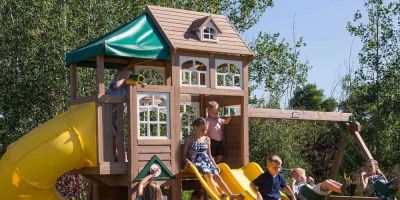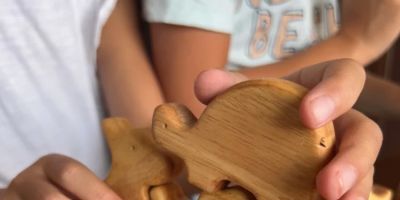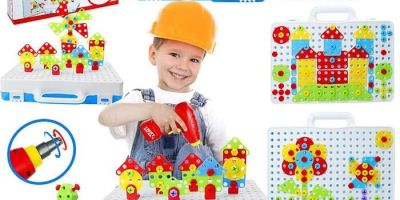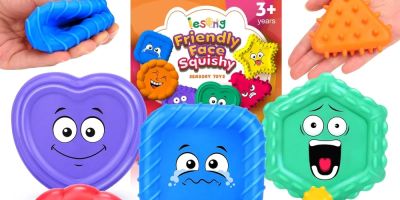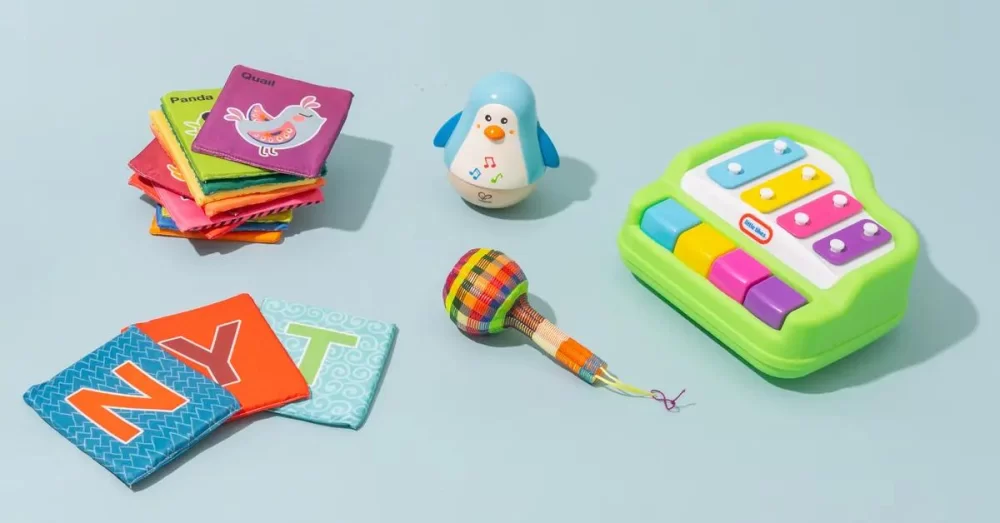
- Importance of Teaching Morality Through Toys
- Key Features of Effective Moral Development Toys
- Top Toys That Help Kids Learn Right from Wrong
- Real-Life Examples of Toys Impacting Child Behavior
- How to Choose the Best Toys for Moral Learning
- Where to Find Quality Moral Development Toys
1. Importance of Teaching Morality Through Toys
Teaching children the difference between right and wrong is a foundational aspect of their development. While parents and educators play a crucial role, toys can serve as powerful tools to reinforce these lessons in a fun, interactive way. The best toys to help kids understand right from wrong do more than entertain; they encourage empathy, fairness, and critical thinking.
From a psychological standpoint, children often learn best through play, where abstract concepts such as fairness, kindness, and consequences become tangible. Using toys that incorporate moral dilemmas or role-playing scenarios can help children internalize these values naturally. This process makes learning about ethics less intimidating and more engaging.
Moreover, introducing moral lessons through toys can help children practice decision-making skills and understand social rules in a safe environment, laying a strong foundation for lifelong ethical behavior.
2. Key Features of Effective Moral Development Toys
Not all toys are created equal when it comes to teaching right from wrong. The best educational toys for moral development share several key characteristics that make them effective:
2.1 Interactive Storytelling
Toys that use stories with clear moral lessons allow children to see the consequences of actions in a narrative form. Interactive storybooks, puppets, or board games with story elements let kids explore different scenarios and outcomes.
2.2 Role-Playing and Empathy Building
Role-playing toys, such as dolls or action figures with diverse backgrounds and personalities, encourage kids to put themselves in others’ shoes. This builds empathy, an essential part of understanding right from wrong.
2.3 Problem-Solving Challenges
Games or puzzles that require children to make choices and see the results promote critical thinking and ethical reasoning. This type of toy helps children weigh options and consider what is fair or kind.
2.4 Positive Reinforcement Mechanisms
Effective moral development toys often include feedback systems where good choices are rewarded. This can be through points, verbal praise, or unlocking new game stages, which motivates children to internalize positive behavior.
3. Top Toys That Help Kids Learn Right from Wrong
Based on the above features, here are some examples of highly effective toys that support moral development:
3.1 Ethical Decision-Making Board Games
Board games like “The Kindness Game” or “Moral Maze” present children with everyday ethical dilemmas and encourage group discussion. These games foster communication skills and help kids explore consequences in a collaborative setting.
3.2 Story-Based Puppet Sets
Puppet kits that come with scripts focusing on friendship, honesty, and responsibility can be used by children to enact moral stories. This not only enhances creativity but also deepens understanding through performance.
3.3 Empathy Dolls and Figurines
Sets featuring characters from diverse backgrounds help kids recognize and respect differences. Playing with such toys opens conversations about fairness and kindness in real life.
3.4 Interactive Digital Apps with Moral Lessons
While digital toys should be used mindfully, apps designed around moral education provide engaging scenarios that adapt to children’s choices, reinforcing lessons with instant feedback.
4. Real-Life Examples of Toys Impacting Child Behavior
One notable example is the story of a family who used a role-playing puppet set to address sibling rivalry. By enacting scenarios where characters apologized and made amends, their children began to mimic these behaviors, significantly reducing conflicts.
Another case involved a classroom using a decision-making board game to teach honesty and fairness. Teachers reported that students became more thoughtful in their interactions and demonstrated increased cooperation and empathy.
These stories highlight how well-designed toys can create lasting positive changes, reinforcing the importance of choosing the right tools for moral education.
5. How to Choose the Best Toys for Moral Learning
When selecting toys to help children understand right from wrong, consider the following:
5.1 Age Appropriateness
Ensure the toy’s content and complexity suit the child’s developmental stage. Younger children benefit from simple stories and role-playing, while older kids can handle nuanced dilemmas.
5.2 Cultural Sensitivity
Choose toys that respect and represent diverse perspectives, helping children appreciate differences and fostering inclusivity.
5.3 Durability and Engagement
Toys should be well-made and engaging enough to hold a child’s interest over time, allowing repeated play and learning.
5.4 Alignment with Family Values
Pick toys that reinforce the ethical values you want to nurture in your child, making the learning consistent between home and play.
6. Where to Find Quality Moral Development Toys
Finding the best toys to help kids understand right from wrong can sometimes be overwhelming due to the wide variety available. Knight Toys offers a carefully curated selection of educational and moral development toys tailored to different ages and learning goals. Whether you are looking for interactive games, empathy-building dolls, or storytelling kits, Knight Toys provides expert guidance and quality products that support your child’s ethical growth.
Exploring options at Knight Toys ensures you invest in toys that not only entertain but also help your children develop important life skills in a thoughtful and meaningful way.


